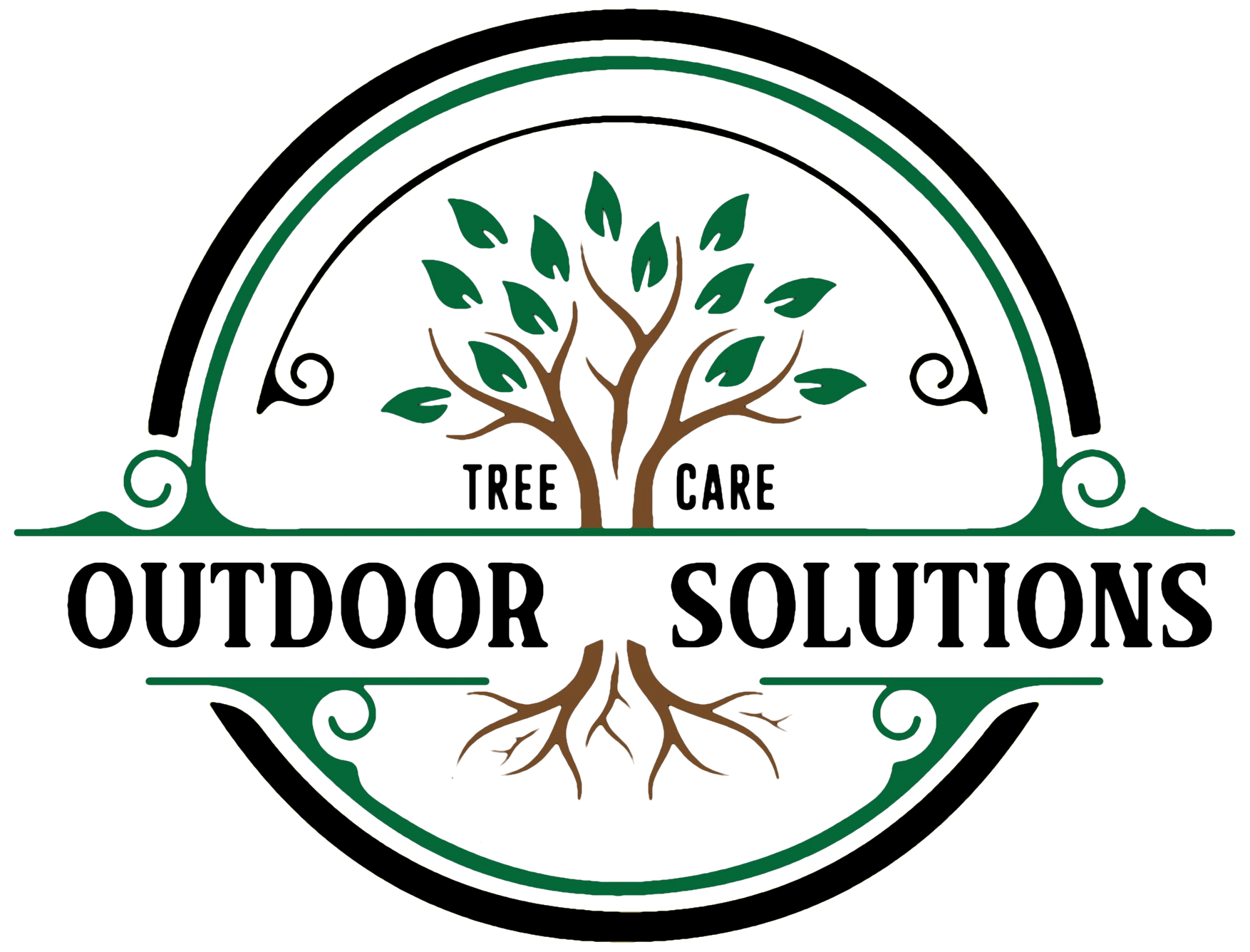
Tree Trimming & Pruning
Professional Tree Health Care
Structural Pruning Services
Safety & Clearance Trimming

Professional Tree and
Landscaping Services
in the Boise Area
Professional Tree and Landscaping Services in the Boise Area
Expert Tree Care
Tree & Plant Removal
Water-Saving Xeriscape
Landscaping Solutions
Professional Tree and
Landscaping Services
in the Boise Area
Professional Tree Trimming & Pruning Service in Boise, Idaho
As a certified arborist with over 18 years of experience serving the Boise metro area, I've witnessed firsthand how improper tree cutting can destroy decades of growth in a single afternoon. Last fall, I was called to assess a beautiful Japanese maple in the North End that had been "trimmed" by an unlicensed crew who topped every major branch, leaving ugly stubs and open wounds that invited disease and pest invasion. What should have been a simple pruning to improve the tree's health had instead condemned it to years of decline.
This devastating situation reinforces why I'm passionate about educating property owners on the difference between true pruning and destructive cutting. At Idaho Outdoor Solutions, we practice precision pruning that works with each tree's natural growth patterns, enhancing structure while promoting vigorous, healthy development. Every cut we make follows scientific principles developed over decades of arboricultural research, ensuring your trees not only survive but thrive for generations.
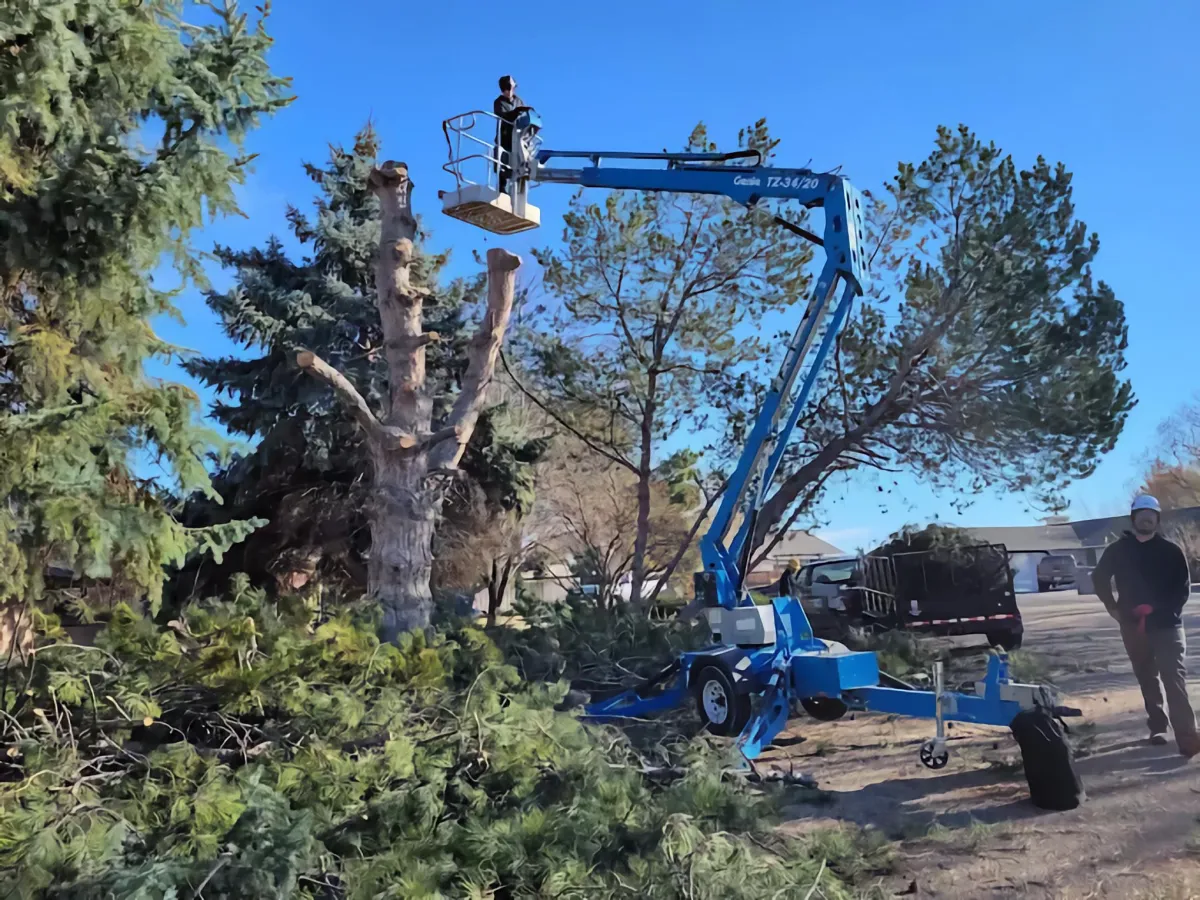
The Science Behind Proper Tree Pruning
Successful tree pruning requires understanding how trees respond to cuts at the cellular level. Trees don't heal like animals – they compartmentalize, creating barriers around wounds to prevent decay from spreading. Proper cuts in the right locations allow trees to quickly seal wounds and continue healthy growth. Poor cuts create entry points for pathogens that can kill even mature, established trees.
Idaho's growing season timing is critical for pruning success. Our late spring frosts can damage fresh cuts, while pruning during active growth periods can stress trees already struggling with summer heat and limited water. Different species respond differently to cutting – maples bleed profusely if pruned at the wrong time, while pines require specific techniques to prevent pitch buildup that attracts destructive beetles. Understanding these biological responses separates professional arborists from tree cutters who simply remove wood without considering consequences.

Boise's Urban Forest Management Challenges
The Treasure Valley's urban forest faces unprecedented challenges that make proper pruning more critical than ever. Mature trees planted 50+ years ago in subdivisions like Warm Springs and the Bench now tower over homes and infrastructure they were never intended to shade. These giants require strategic reduction to maintain safety while preserving their canopy benefits.
Overhead power lines create ongoing pruning needs throughout established neighborhoods. Improper utility clearance pruning destroys tree structure and creates hazardous regrowth patterns. Professional line clearance requires understanding both electrical safety and tree biology to maintain safe distances while preserving tree health and appearance.
Development pressure means every mature tree becomes more valuable as replacements take decades to provide equivalent benefits. Proper pruning extends tree life, maximizes canopy coverage, and maintains property values in areas where professional tree removal would eliminate irreplaceable shade and character. Regular tree health diagnosis identifies pruning opportunities before problems require more drastic intervention.

OUR PROCESS:
Our Scientific Pruning Methodology
Professional tree pruning combines horticultural science with artistic vision to enhance both tree health and landscape beauty. Every pruning decision considers the tree's biology, structural integrity, and long-term development goals.
1. Biological Assessment and Goal Setting
We begin by evaluating tree species, age, health status, and growth patterns to establish realistic pruning objectives. This analysis determines what can be safely removed, what should be preserved, and how the tree will respond to specific cuts over multiple growing seasons.
2. Precision Cutting and Wound Management
Our pruning technique focuses on making cuts that heal quickly and completely. We remove branches at precise locations that allow natural barrier formation while maintaining structural integrity. Each cut is planned to direct future growth in beneficial directions.
3. Debris Processing and Growth Monitoring
We remove all pruning debris and process wood into mulch when beneficial for landscape health. Post-pruning monitoring ensures trees respond as expected and identifies any additional care needs during the recovery period.
Don't Wait - Let Us Help You Today!
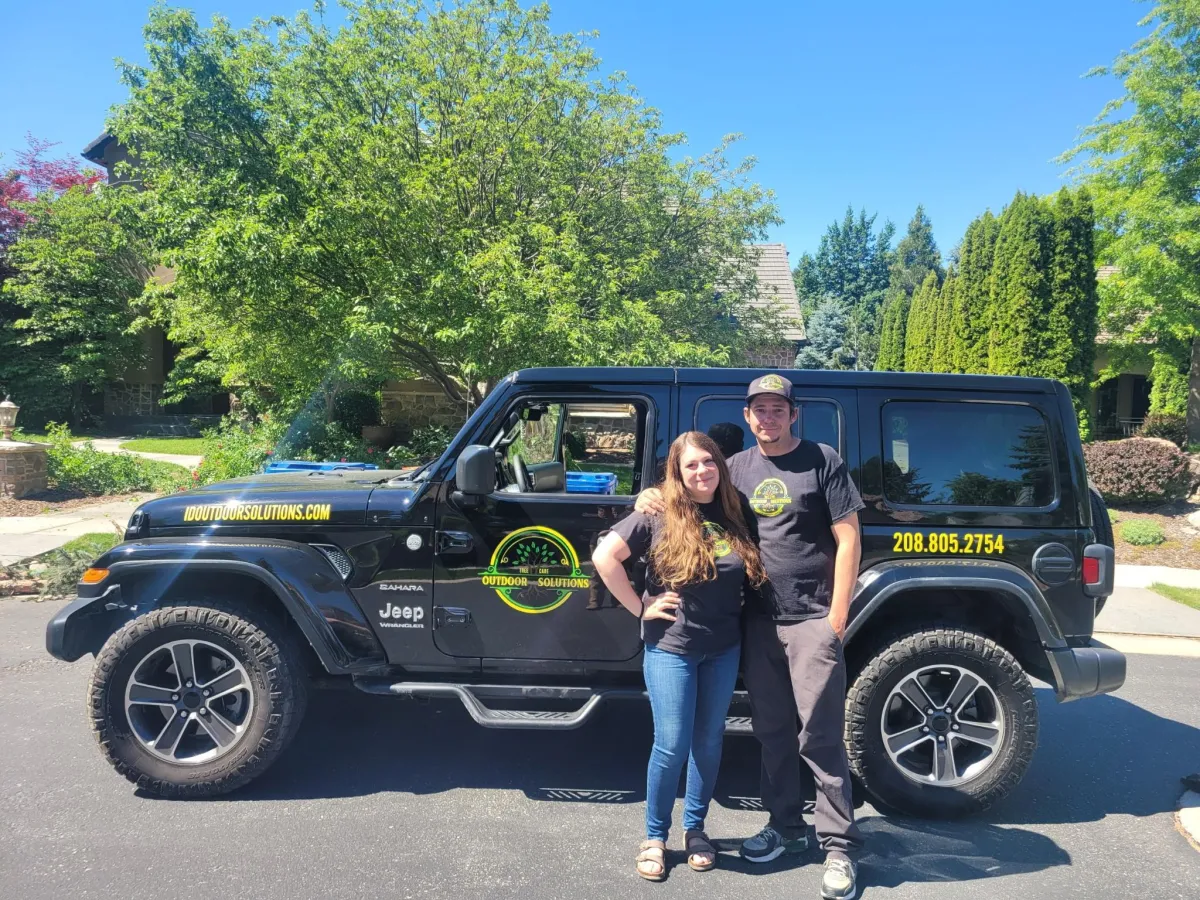
Tree Pruning Safety and Quality Standards
The Best in Tree AND Landscaping Services
Professional tree pruning involves significant liability exposure that demands rigorous safety protocols and quality control measures. Working at height with sharp tools around power lines and structures requires extensive training and constant vigilance to prevent accidents.
Our crews maintain current certifications in aerial rescue, electrical hazard recognition, and emergency response procedures. We use redundant safety systems and inspect all equipment before each use to ensure reliable performance under challenging conditions.
Quality pruning requires sharp, properly maintained tools that make clean cuts without tearing bark or crushing wood fibers. We sterilize cutting tools between trees to prevent disease transmission and use proper cutting techniques that promote rapid wound closure and healthy regrowth patterns.
Why Choose Idaho Outdoor Solutions for Tree Pruning
Certified Arboricultural Expertise
Our ISA-certified arborists understand tree biology, species-specific requirements, and proper pruning timing to achieve optimal results while maintaining long-term tree health and structural integrity.
Precision Equipment and Techniques
We utilize professional-grade tools and climbing systems that allow precise access to all canopy areas while making clean, properly positioned cuts that heal quickly and direct beneficial growth patterns.
Comprehensive Tree Care Integration
Our pruning services integrate with overall tree health management, combining selective cutting with professional tree planting recommendations and long-term landscape planning for optimal property enhancement.
Results-Focused Approach
Every pruning project targets specific outcomes – improved structure, enhanced safety, increased flowering, or storm damage prevention – with techniques chosen to achieve those goals efficiently and effectively.
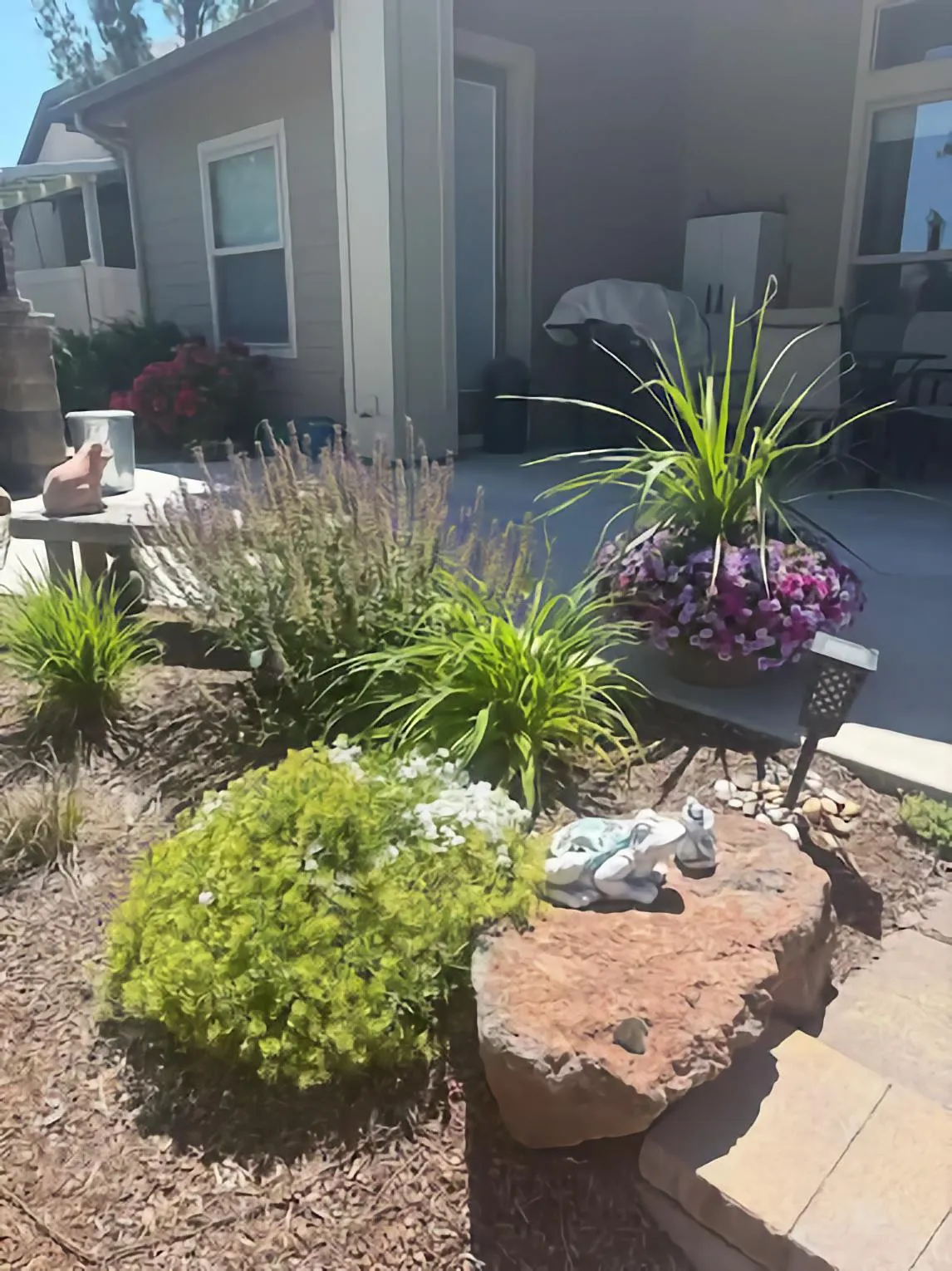

Tree Trimming Safety and Quality Standards
The Best in Tree AND Landscaping Services
Safety is our highest priority in every tree trimming operation. Our crews follow strict safety protocols including proper personal protective equipment, OSHA-compliant procedures, and ongoing safety training that keeps our team current with arboricultural best practices.
We maintain comprehensive liability insurance and workers' compensation coverage, providing complete protection for property owners throughout the trimming process. Our equipment receives regular maintenance and inspection to ensure reliable, safe operation during all pruning operations.
All tree trimming work is performed by certified arborists with specialized training in proper pruning techniques, tree biology, and safety procedures. This expertise ensures we can safely handle even the most challenging trimming situations while promoting tree health and protecting your property and surrounding structures.
Why Choose Idaho Outdoor Solutions for Tree Trimming
Certified Arborist Expertise
Our team includes ISA-certified arborists with specialized training in Idaho tree species, proper pruning techniques, and timing requirements for optimal tree health and response.
Proper Pruning Techniques
We use scientifically-proven pruning methods that promote tree health, prevent disease, and maintain natural growth patterns while addressing safety and aesthetic concerns.
Species-Specific Knowledge
Extensive experience with local tree species ensures we understand the unique requirements and responses of cottonwoods, maples, oaks, and other common Boise area trees.
Advanced Equipment and Safety
Specialized climbing equipment, pruning tools, and safety systems designed for professional tree care ensure we can safely access all areas while making precise, clean cuts.
After proper trimming, many property owners choose to enhance their landscape with professional tree planting in areas where additional trees would benefit the overall landscape design and provide future shade and beauty.

Tree Services
Comprehensive tree care solutions for every situation, from routine maintenance to emergency removal.
🌳 Tree Removal
✂️ Tree Trimming & Pruning
🪓 Tree Stump Removal
⚙️ Tree Stump Grinding
🔧 Tree Cabling & Bracing
🌱 Tree Planting
🚛 Tree Transplanting
🔬 Tree Health Diagnosis
Whether you're dealing with a dangerous tree threatening your home in Eagle or need expert pruning for mature trees in Meridian, we provide the skilled tree care that keeps your property safe and beautiful.
Landscaping Services
Creating beautiful, sustainable outdoor spaces that thrive in Idaho's high desert climate.
🎨 Landscape Design
🏗️ Landscape Installation
🌿 Lawn Care
🏡 Lawn Landscaping
🌳 Tree Landscaping
🏠 Yard Landscaping
🌵 Xeriscape Installation
From water-wise xeriscaping perfect for our climate to traditional lawn installations, we create outdoor spaces that enhance your property value while respecting our local environment and water resources.
Emergency & Debris Services
24/7 emergency response and comprehensive cleanup services for storm damage and hazardous situations.
🚨 24-Hour Emergency Tree Service
⛈️ Emergency Storm Damage Cleanup
🧹 Yard Debris Removal
🔥 Fire Mitigation Services
🛡️ Hazardous Tree Assessment
When Boise's unpredictable weather strikes, we're ready with emergency equipment and experienced crews to handle dangerous situations and restore your property quickly and safely.
F.A.Q
Frequently Asked Questions About Tree Trimming
When is the best time to trim trees in Boise?
Timing varies by species, but most deciduous trees are best pruned during late winter dormancy. Evergreens can be pruned in late spring. Dead, damaged, or hazardous branches should be removed immediately regardless of season.
How often should trees be trimmed in Idaho?
Most mature trees benefit from professional trimming every 3-5 years, while fast-growing species may need attention every 2-3 years. Young trees require more frequent structural pruning to develop proper form.
What's the difference between tree trimming and pruning?
Trimming typically refers to cutting for appearance and clearance, while pruning involves selective cutting to improve tree health and structure. Both techniques are important for maintaining healthy trees.
How much does tree trimming cost in Boise?
Costs vary based on tree size, complexity, and access requirements. Simple trimming may cost $200-500, while large or complex jobs can range $800-2,000+. We provide detailed written estimates for all projects.
What happens to the branches after trimming?
All debris is removed from your property as part of our service. Branches can be chipped for mulch (available for customer use) or hauled away according to your preference.
Ready to Schedule Your Tree Trimming?
Don't let overgrown or damaged trees compromise your property's safety and beauty. Professional tree trimming promotes healthy growth while protecting your family and investment.
Boise Tree Trimming & PRUNING Service Area
From our location at 7307 W Swift Lane in Boise, we provide professional tree trimming and pruning services throughout the greater Boise metro area. We serve customers in Boise, Eagle, Garden City, Meridian, Nampa, and surrounding communities who need expert tree care services designed specifically for Idaho's challenging environment.
Whether you're dealing with storm-damaged branches in the Boise Foothills, need regular maintenance for mature trees in Eagle, or require safety pruning for trees near structures in Meridian, our certified arborists respond quickly throughout Ada County and Canyon County with the expertise and equipment necessary for proper, professional tree trimming.
Transforming Outdoor Spaces, One Yard at a Time.
Quick Links
Home
About Us
Services
Useful Links
Testimonials
FAQ's
Blog
